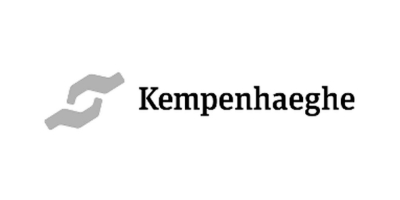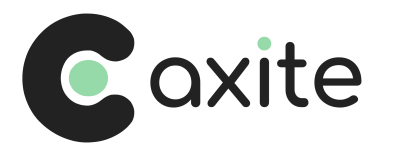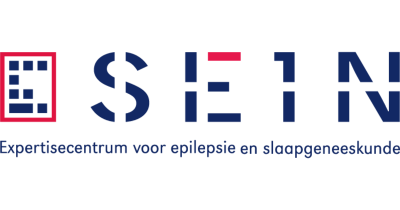Capturing the ups and downs of Epilepsy using smartphones
Life is full of ups and downs. For people with serious neurological conditions like epilepsy, the downs can be devastating and severely limit daily activities. Current tools for measuring these fluctuations do not allow patients and clinicians to properly track them. Current clinical practice often relies on questionnaires or brief in-clinic measurements to assess how people perform in their daily lives. This research radically departs from this practice by leveraging the ubiquitous use of smartphones, recording all touchscreen interactions to infer a patient’s current state.
This project will gather data from people with epilepsy to improve our ability to infer brain health from smartphone interactions. We will link the touchscreen interaction logs with key medical events, including seizures, medication changes, standard measures of cognition, physiological stress, and stressful life events. Ultimately, this data and the fundamental understanding it provides will contribute to an app that can help patients manage their epilepsy—enabling timely care during "down" periods and maximizing the time spent in "up" periods. It will also empower clinicians to monitor patient status remotely.
This work will bring together fundamental scientists at Leiden University who focus on smartphone behavioral patterns with clinicians from two major epilepsy clinics: SEIN and Kempenhaeghe. In collaboration with a leading epilepsy care company, LivAssured (the makers of NightWatch), and the technology start-up Axite (the makers of NeuroJournal), we will help convert our scientific findings into a real-world applications.






